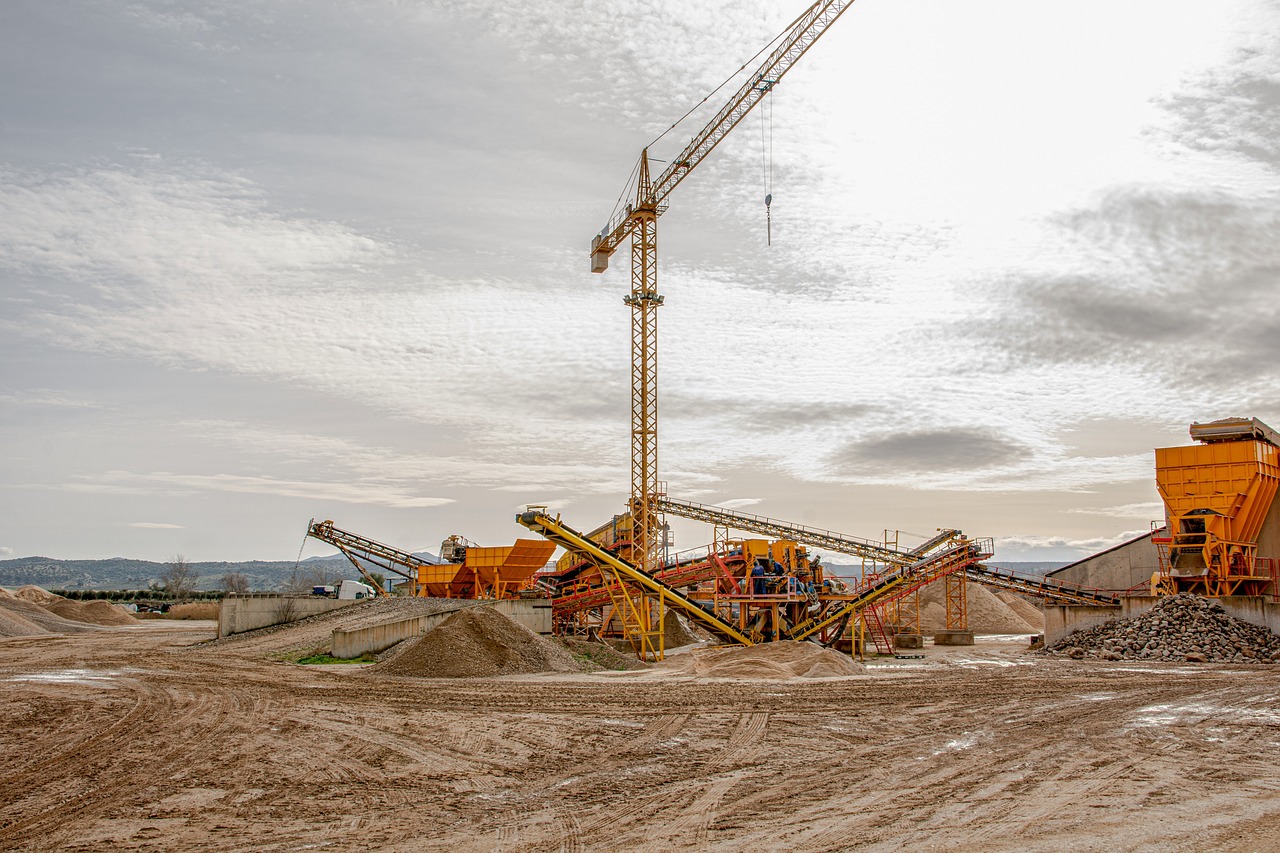Construction materials
Contents |
[edit] Definitions of construction materials
There is no single accepted definition of what constitutes 'materials' in the construction industry, and how these might differ from components, products, equipment, tools and so on. Some definitions are set out below to illustrate the range of possible meanings:
- Approved Document 7 of the building regulations (materials and workmanship), gives a very wide definition of materials: 'Materials include manufactured products such as components, fittings, items of equipment and systems; naturally occurring materials such as stone, timber and thatch; and backfilling for excavations in connection with building work.'
- Narrower definitions of materials, such as: 'physical substances that things can be made from' exclude manufactured products such as components, fittings, items of equipment and systems. For example, steel is a material, whereas a steel beam is a product.
- Primary materials are the materials that make up the majority of the structural components, foundation and envelope of construction projects. Ref The Living Building Challenge.
- In some circumstances, Materials might also refer to project information material.
[edit] The importance of construction materials
The UK construction industry is the largest consumer of resources, requiring more than 400 million tonnes of material a year (ref. Davis Langdon) that must be delivered to site, on time, and in the correct order, quantity and specification to meet the needs of the project. This is a complex process involving a very long supply chain, that incurs very significant cost, and the impact on the environment and carbon emissions is very high.
Despite this, 32% of landfill waste comes from the construction and demolition of buildings and 13% of products delivered to construction sites are sent directly to landfill without having being used (ref. Technology Strategy Board).
For more information see: Waste.
Resource management is the process of planning the supply and management of the resources necessary to satisfy the client’s requirements. on time and to budget. Proper resource management ensures that resource demand is satisfied and that the benefit derived from resources is maximised.
For more information see: Resource management.
[edit] What are some common construction materials?
Some of the more commonly used construction materials that might be considered to fall within the narrower definition of 'physical substances that things can be made from' are listed below. For a wider list, including products and components see: Products and components.
- Adhesives
- Adobe.
- Acrylic.
- Aggregate
- Alkali-activated binder
- Aluminium.
- Architectural fabrics
- Asphalt
- Brick
- Bulk filling materials
- Carbon fibre
- Cast iron
- Cavity wall insulation
- Cement
- Ceramics
- Chert
- Clay
- Coal ash
- Concrete
- Concrete fibre
- Copper.
- Daub
- ETFE
- Fibre cement
- Glass for buildings
- Glass reinforced concrete
- Glass reinforced plastic GRP
- Glulam
- Graphene in civil engineering
- Gravel
- Gravel v hardcore v aggregates.
- Grouting in civil engineering.
- Gypsum.
- Hempcrete
- High alumina cement
- Icynene spray foam insulation
- Laminated veneer lumber LVL
- Lead in construction
- Limecrete
- Masonry
- Mastic sealant
- Metal
- Mortar
- Mycelium
- Nylon
- Oil - a global perspective
- Paint
- Paints and coatings
- Pebbledash
- Phase change materials
- Phenolic foam insulation
- Plastic
- Plywood
- Polyamide intermediates
- Polyethylene.
- Polystyrene
- Polyurethane spray foam in structurally insulated panels and composite structures
- Polyvinyl chloride PVC
- Precast concrete
- Prestressed concrete
- Products v goods v materials.
- R22 phase out
- Recyclable construction materials
- Refrigerants in buildings
- Reinforced concrete
- Render
- Renewable chemicals
- Sand.
- Solid wall insulation
- Stainless steel in construction
- Steel
- Stone.
- Straw bale construction
- Structural steelwork
- Stucco
- Sundry items.
- Sustainable materials
- Terracotta.
- Thermoplastic materials in buildings
- Timber
- Topmix Permeable
- Tradical Hemcrete
- Transparent insulation
- Types of steel
- Wattle and daub
- Wrought iron
- Zinc.
[edit] Related articles on Designing Buildings
- Approved document 7.
- BREEAM Material efficiency.
- Construction buyer.
- Conversion of material volumes.
- Off-site goods and materials.
- Material handling.
- Materials on site.
- Methods used by construction companies to facilitate materials.
- Project information material.
- Quality control.
- Supply chain.
- Testing construction materials.
- The five weirdest materials in construction.
- Truth to materials.
Featured articles and news
Homes England creates largest housing-led site in the North
Successful, 34 hectare land acquisition with the residential allocation now completed.
Scottish apprenticeship training proposals
General support although better accountability and transparency is sought.
The history of building regulations
A story of belated action in response to crisis.
Moisture, fire safety and emerging trends in living walls
How wet is your wall?
Current policy explained and newly published consultation by the UK and Welsh Governments.
British architecture 1919–39. Book review.
Conservation of listed prefabs in Moseley.
Energy industry calls for urgent reform.
Heritage staff wellbeing at work survey.
A five minute introduction.
50th Golden anniversary ECA Edmundson apprentice award
Showcasing the very best electrotechnical and engineering services for half a century.
Welsh government consults on HRBs and reg changes
Seeking feedback on a new regulatory regime and a broad range of issues.
CIOB Client Guide (2nd edition) March 2025
Free download covering statutory dutyholder roles under the Building Safety Act and much more.
Minister quizzed, as responsibility transfers to MHCLG and BSR publishes new building control guidance.
UK environmental regulations reform 2025
Amid wider new approaches to ensure regulators and regulation support growth.
BSRIA Statutory Compliance Inspection Checklist
BG80/2025 now significantly updated to include requirements related to important changes in legislation.
























Comments
To make a comment about this article, click 'Add a comment' above.
Separate your comments from any existing comments by inserting a horizontal line.
The waste in the industyr is huge. Better planning, better care of materials and less packaging would go a long way to reducing embodied energy.